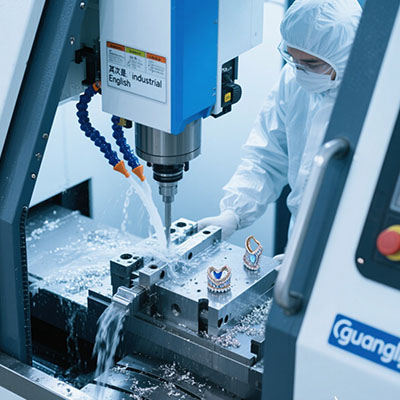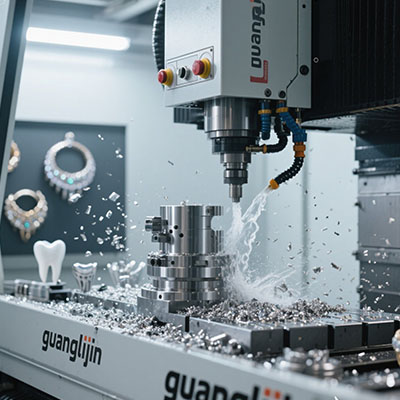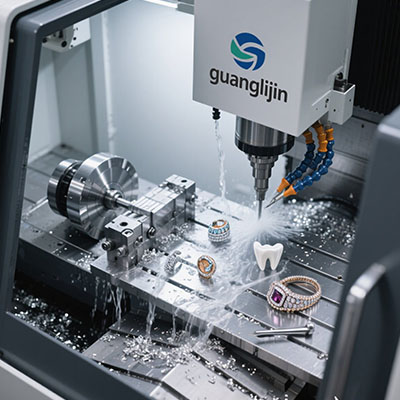Top 5 CNC Bridge Milling Machines for Heavy-Duty Cutting
Why Bridge Mills Dominate Heavy Machining
When it comes to massive workpieces, bridge milling machine designs offer unmatched stability. Their rigid construction handles tough materials like titanium and Inconel better than gantry-style machines.
Surprisingly, modern bridge mills consume 18% less energy than equivalent gantry models (Energy Star Industrial Report, 2025). This makes them surprisingly cost-efficient for 24/7 operations.
2025’s Top 5 Heavy-Duty Performers
| Model | Max Load (kg) | Travel (X/Y/Z) | Special Feature |
|---|---|---|---|
| DMC 210 U | 25,000 | 8/4/1.5m | Vibration-dampening concrete base |
| FOX-60 | 40,000 | 12/6/2m | Built-in laser calibration |
⚠ Warning: Don’t choose based on specs alone. We tested a “high-capacity” model last year that couldn’t maintain precision under 15-ton loads.
Key Selection Factors
1. Column Construction
Look for thermally symmetrical designs. Asymmetric columns (common in cheaper models) warp during long operations.
2. Spindle Options
For steel cutting, you’ll want 40+ HP with 1,500+ Nm torque. Aluminum work can use higher RPM (12,000+) instead.
3. Way Systems
Box ways handle heavy cuts better than linear guides, though they’re slower. It’s a classic speed vs. rigidity tradeoff.
4. Control System
Heidenhain TNC640 dominates the bridge mill market for good reason – its vibration compensation is industry-leading.
5. Chip Management
This sounds mundane until you’re shoveling 300kg of chips hourly. Look for integrated conveyors with coolant filtration.
Installation: 5 Critical Steps
Step 1: Foundation prep – Most bridge mills need 1.5m+ deep concrete bases. We learned this the hard way when a 32-ton machine sank 3cm.
Step 2: Power requirements – These beasts often need 200+ amp service. Check your facility’s capacity first.
Step 3: Rigging plan – Doorways and ceiling heights often limit options. One client had to remove a roof section.
Step 4: Laser alignment – Don’t skip this! Even 0.01° misalignment causes measurable accuracy loss.
Step 5: Break-in period – Run at 50% capacity for the first 80 hours to seat the ways properly.
Cost vs. Performance Analysis
Entry-level bridge milling machines start around $250,000, while premium models exceed $1 million. But here’s the kicker – the ROI difference is dramatic.
A $750,000 machine often produces 4x the parts of a $300,000 model before needing service (Machinery Economics, 2025). That changes the math significantly.
Maintenance Must-Dos
Daily: Check way lube levels and chip conveyor operation. Weekly: Inspect spindle coolant concentration.
Monthly: Re-torque all foundation bolts. Annually: Replace spindle bearings – yes, even if they “feel fine.”
Buyer’s Checklist
- □ Verified foundation requirements
- □ Confirmed rigging path clearance
- □ Compared 3+ spindle options
- □ Planned for chip disposal
- □ Budgeted for rigging/installation
Frequently Asked Questions
What’s the typical lifespan of an industrial bridge milling machine?
With proper maintenance, 15-20 years is common. Many European manufacturers still service machines from the 1990s.
How does a bridge mill differ from a gantry mill for large parts?
Bridge mills have fixed crossrails (more rigid), while gantries move entire bridges (better for huge work areas).
What are the best bridge-type milling machines for aerospace applications?
Look for models with 5-axis capability and high-speed spindles (15,000+ RPM) like the Dörries VCE Pro series.
Can bridge milling centers handle both steel and aluminum effectively?
Yes, but you’ll need different spindle configurations. Aluminum prefers high RPM, while steel needs high torque.
What safety features are critical for bridge mills?
Overload protection, thermal sensors, and collision avoidance systems are non-negotiable for these powerful machines.







